Archeological treasure that takes your breath away

History & tradition
Macedonia is like a chest, filled with precious things, that eagerly waits to be opened. It has an abundance of history and tradition dating back to the Neolith, witnessed by the numerous archeological treasures found in the earth’s womb. The Maenad from Tetovo, Adam from Govrlevo, the golden mask from Trebenishta from the 6th century B.C., the Neolithic ceramics, findings from the Bronze Age, remains of Roman buildings, as well as mosaics with precious value, are only part of the rich cultural heritage that for centuries has been found in this land.
About 4.000 archeological sites, thousands of churches and monasteries, over 200 mosques, fifty towers, and bridges are only part of the provocation necessary to visit this rare and archeologically rich country. Even 130 Early Christian basilicas have been discovered in the country at different locations. Numbers are getting even more impressive if it is known that thousands of archeological exhibits decorate the shelves of the Macedonian museums and galleries.
Skopje
The capital Skopje and its surroundings are especially interesting for research. Near the settlement, “Zlokukani” are the remains of the Roman city Skupi. In ancient times, this territory was inhabited by the Dardani, until 4th century B.C., when Philip the Second of Macedonia took over the authority here. After his death, Skupi remains within the kingdom of Alexander the Great, and in year 164 B.C. it was conquered by the Romans. Using the position of an important crossroad, the city developed very soon. After the Milan Edict of 313, Skupi was made a Head Seat of Episcopacy and later on of the Archiepiscopacy. However, this glory ended after the city was destroyed by the earthquake in 518, after which it died out. At the location, the archeologists found a basilica from the 4th century, whose central arc is covered with mosaic, a theater built according to Roman scheme and palace decorated with frescoes.

Under the fortress is the Old Skopje Bazaar, the most picturesque part of the city. The Bazaar has still kept some of the old crafts and stores, due to which thousands of years ago, its streets were filled with visitors. The Turkish itinerant Evliya Celebi, during his stay in Skopje (1660/61) in his books wrote that the Bazaar had 2.150 stores, squares, and markets, and compared it with the Baghdad Bazaar. Kurshumli Inn is in the Old Bazaar, an impressive building, built during the period of Justinian I. It is thought that on the basis of an older building, the Ottoman Turks have built and adjusted it into a caravan-palace. As such, it worked until 1787, and later it was transformed into a prison. Today, the rooms are used as the mockery of the Archeological museum. The object Kurshumli Inn or Led Inn is considered to be the most beautiful monument of culture in the city. Daut Pasha Turkish bath is located near the Stone Bridge, at the entry of the Bazaar. It is listed among the most important monuments of the Islamic profane architecture, and its history began in the second half of the 15th century when Daut-Pasha lived in Skopje. The Bath was damaged during the famous fire caused by the Austrian army-leader Piccolomini in 1689 and long after that it was left untouched and was slowly decaying. Its space was reconstructed for the first time in 1948 and later on the Art Gallery was located there.

Heraclea Lynkestis
Near Bitola is the site Heraclea Lynkestis. These are remains of the once ancient city that were the main center of Lynkestis, the area of the Illyrian-Macedonian tribe Lynki. Heraclea was founded by Philip 2 of Macedonia around the middle of the 4th century B.C. Two centuries later, the city was conquered by the Romans, after which it flourished. In the early Christian period, Heraclea became Episcopal seat and center of the new Christian faith. During the archeological researchers at the site, an early Byzantine church was found. East of it, Roman spas were found, and the mosaics on the floor of the narthex of the Big Basilica distinguished with their painting values and iconographic features. It is assumed that the mosaic was made at the end of the 5th century B.C. This ancient city also had a theater in a form of horseshoe, where theater shows were held, but also gladiators’ fights.
Stobi Macedonia has an abundance of archeological sites from Ancient time.
The most famous is the Ancient City Stobi, which is located south of Veles, at the estuary of the Crna River in the Vardar River. The assumptions are that the city was built in the Hellenic period, in the 3rd or the 2nd century B.C., but it is possible that the area was inhabited since the Neolith. After two big earthquakes in the 6th century, the inhabitants left the city completely. In Stobi, among the other, there was a money forge where coins called “denarius” was forged, after which the today’s national currency got the name. The most impressive object that was discovered was the theater, dating from the 2nd century B.C. and is similar to the Greek theaters. It had 7.000 seats, and in a certain period was readjusted in a gladiators’ arena. Also discovered in Stobi were: an Episcopal residence, prison, as well as Episcopal basilica with wonderful mosaics.
Vinicko kale
The site Vinicko kale set on the hill above Vinica is widely known for the Vinica icons found in this place. These are the most authentic and original discoveries from the soil of Macedonia, which are in many aspects exceptional. The story began in 1985 when at the site a depot was discovered with early Christian terra cottas icons, dating from the 6th and 7th century. These are unique icons in Europe made with a molding technique, in two different dimensions. During the research, as a whole or in fragments, 49 samples of terracotta reliefs were found. These are clay plate with quadric or rectangular shape, with dimensions of about 30cm. They contain texts written in Latin, and 15 scenes were found on the icons. They were found on the walls of an object, which was probably sacral.
Isar
The famous archeological site Isar, near the village Marvinci, is interesting because of the numerous objects that archeologist found. Those are ceramics processed on pottery roundel, amphorae, vessels, terracottas, jewelry, weapons, statues and coins from the settlement. The settlement was part of Paionia and was established in the 6th century B.C.
Vardarski Hill Near Gevgelija is the former settlement Vardar Hill. So far 6 settlements have been discovered, one over the other, where there was life from the 13th to the 2nd century B.C. These old Macedonian settlements originate from the period before and after the rule of Alexander the Great. Especially rare is the cup with wine mold, found at this site. Numerous silver and bronze coins forged during the period of Alexander the Great and his father Philip were also found at this site.
by Daniela Trpchevska


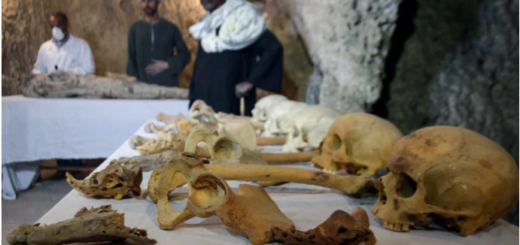

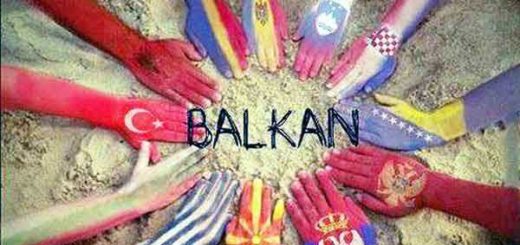
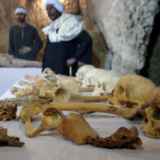

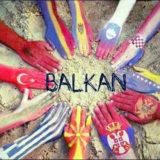



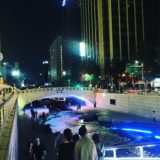





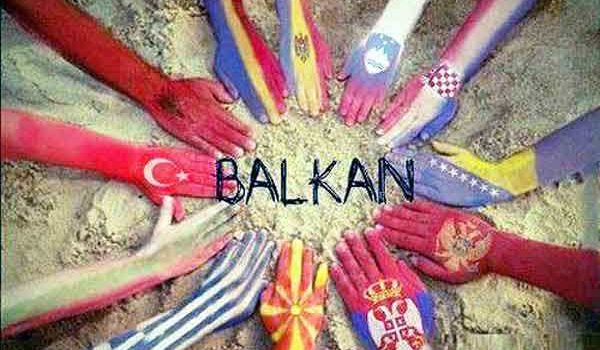
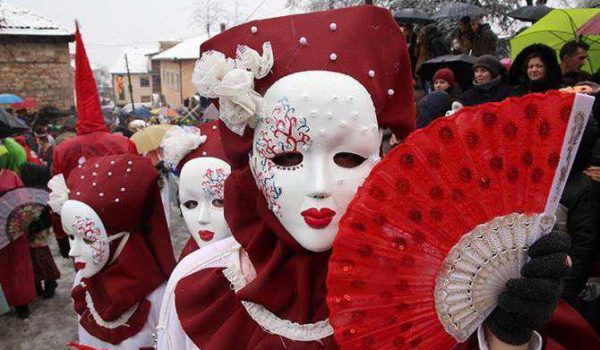
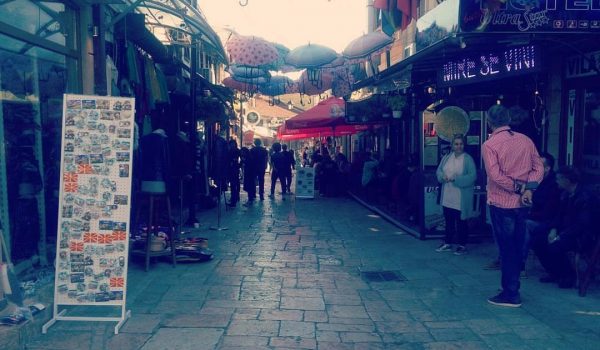
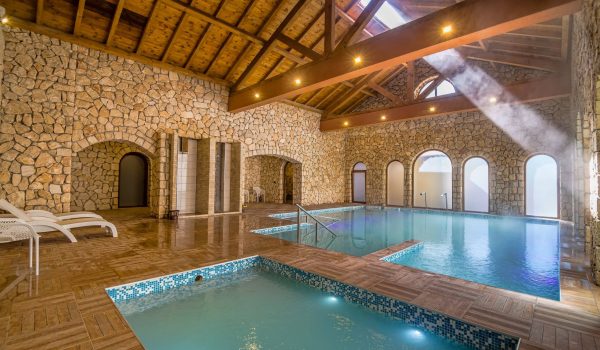

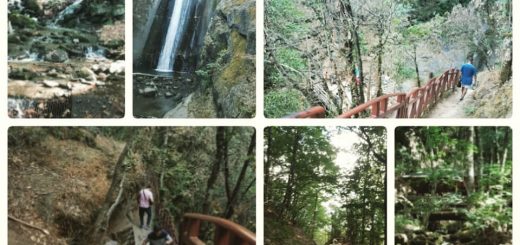
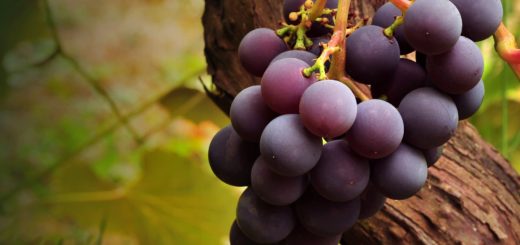
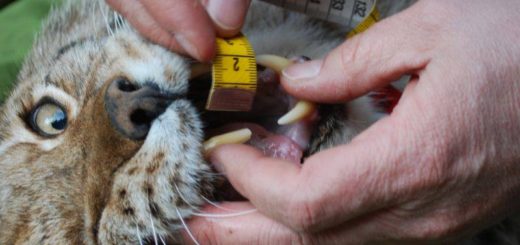


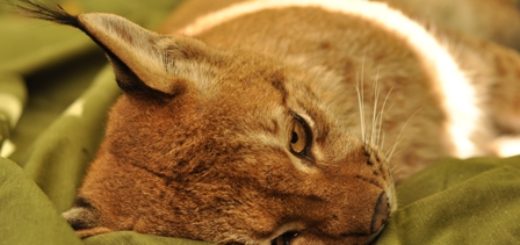
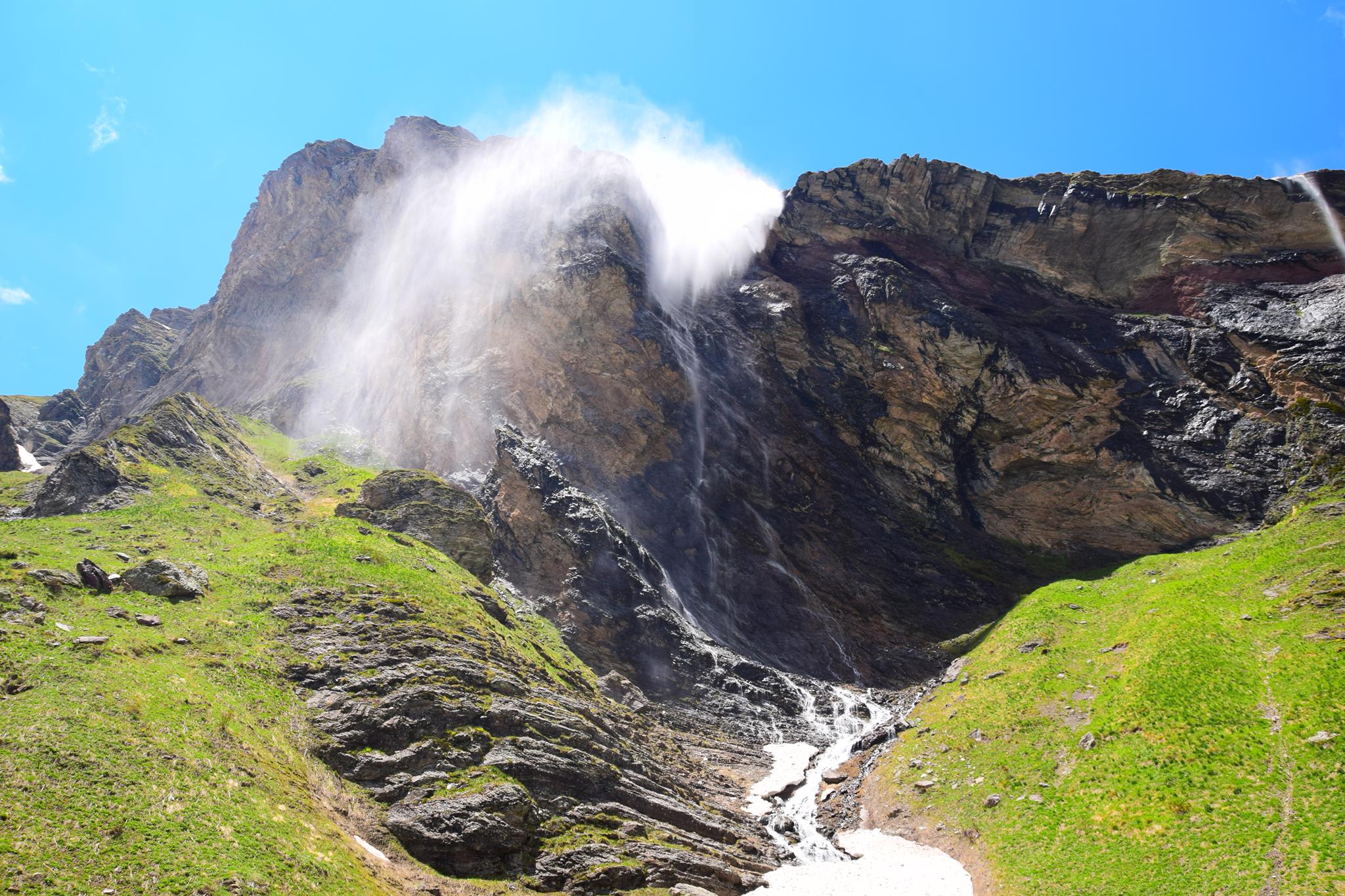
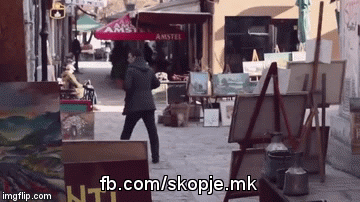
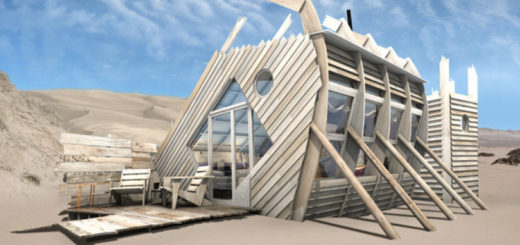



I came across your site wanting to learn more and you did not disappoint. Keep up the terrific work, and just so you know, I have bookmarked your page to stay in the loop of your future posts. Here is mine at ZH5 about Thai-Massage. Have a wonderful day!
This is top-notch! I wonder how much effort and time you have spent to come up with these informative posts. Should you be interested in generating more ideas about Thai-Massage, take a look at my website QN5